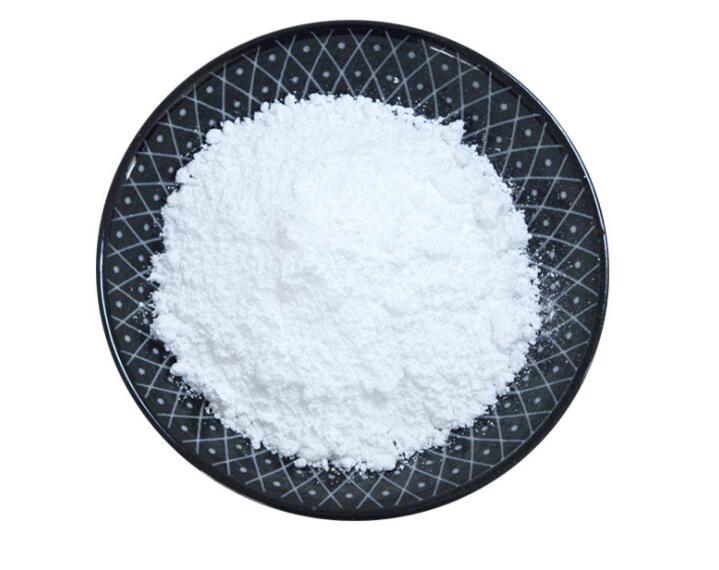Research and application of flame retardant modified magnesium hydroxide/low density polyethylene (LDPE) composite materials

Performance research on flame-retardant modified magnesium hydroxide/low-density polyethylene (LDPE) mainly focuses on how to modify magnesium hydroxide (MH) to improve its dispersion, interfacial compatibility and Flame retardant efficiency, thereby enhancing the overall performance of the composite material. Here is an overview of some key points and findings:
Modification methods: Common modification methods include surface treatment, microencapsulation, and blending with other additives. For example, using melamine resin or urea formaldehyde resin as wall materials for microencapsulation modification of magnesium hydroxide can improve its dispersion in the polymer matrix, reduce agglomeration phenomenon, and these resin wall materials themselves also have a certain degree of flame retardancy, which can further enhance the flame retardant performance of composite materials. Flame retardant mechanism: Magnesium hydroxide, as an inorganic flame retardant, mainly absorbs heat during the combustion process (due to its absorption during decomposition), releases water vapor to dilute flammable gases, and generates magnesium oxide to cover the surface of the material, forming an isolation layer, achieving multiple flame retardant effects. Mechanical properties: In the research of modified magnesium hydroxide/LDPE composite materials, an important consideration is the change in their mechanical properties. Moderate addition of magnesium hydroxide usually leads to a decrease in the mechanical properties such as tensile strength and elongation at break of the material. However, by optimizing the modification method and formula ratio, it is possible to minimize the negative impact on the mechanical properties while ensuring good flame retardant performance. Thermal stability and aging performance: the addition of modified magnesium hydroxide, especially the magnesium hydroxide with surface treatment, can also improve the thermal stability and aging resistance of the composite, because the modifier can increase the ability of the material to resist high temperature and environmental factors. Environmental characteristics: Considering that magnesium hydroxide is a halogen-free flame retardant, it does not produce toxic smoke during combustion, which makes the modified magnesium hydroxide/LDPE composite material meet modern environmental requirements while pursuing high performance. Research progress: In recent years, research has continuously explored new modification technologies and composite systems, such as the synergistic effects of elements such as nitrogen, phosphorus, silicon, etc., to further improve flame retardant efficiency and the comprehensive performance of materials, while also focusing on the processing performance and economic cost of materials. The research on flame retardant modified magnesium hydroxide/low-density polyethylene is a multidimensional field involving materials science, flame retardant technology, and environmental requirements, aiming to develop new composite materials that are both safe and environmentally friendly, with good mechanical properties and processability.








